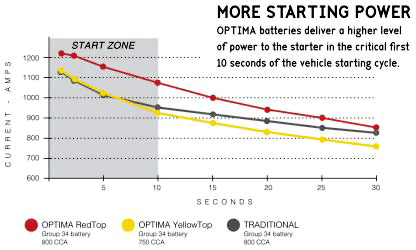http://www.youtube.com/watch?v=HRFWWeNNPzo
Now, here is the sequence of events:
Yesterday, first ride. The bike was finally ride-able yesterday and I went for a short slow ride to the gas station. On the way the signals fuse blew, which I think was because my horn wire was hanging loose and might have touched the frame. Pulling into the garage, maneuvering over a small step, the main fuse blew.
Today. Taped up the loose horn wire, replaced the signals and main fuse. Bike won't start. Traced it down to a failed Coil relay and replaced with the horn relay. The bike starts instantly and I ride to have lunch 2.5mi away and back with no issues.
I'm going for another ride later in the afternoon and the bike starts normally. While warming up, after a couple minutes, it slows down and dies. I hit the starter button and only get one slow turn of the engine. I hit it again and I see smoke coming from under the seat, and that's the video you just saw above. No fuses blew.
I usually try to do only one mod at a time to know what failed but it wasn't an option this time around.
Things done:
Coil relay mod.
Horn relay mod.
Replacement RR
HID kit.
New flasher, removed Turn Signal Control Unit and associated wiring.
Relocated everything to under the seat tray.
Before the battery, "failed", the cranking power seemed more than sufficient.
I emailed the manufacturer of the battery, including the video, to see what they think might have caused the failure, but again, it didn't seem to be struggling at all until that last deadly crank.
Here is the build thread: http://www.thegsresources.com/_forum...d.php?t=172955
Sorry for the long post, trying to put all the info I can think of.
Any ideas??
.png)




 , too close to the 135 CCA of the battery for comfort, but not over either.
, too close to the 135 CCA of the battery for comfort, but not over either.
Comment